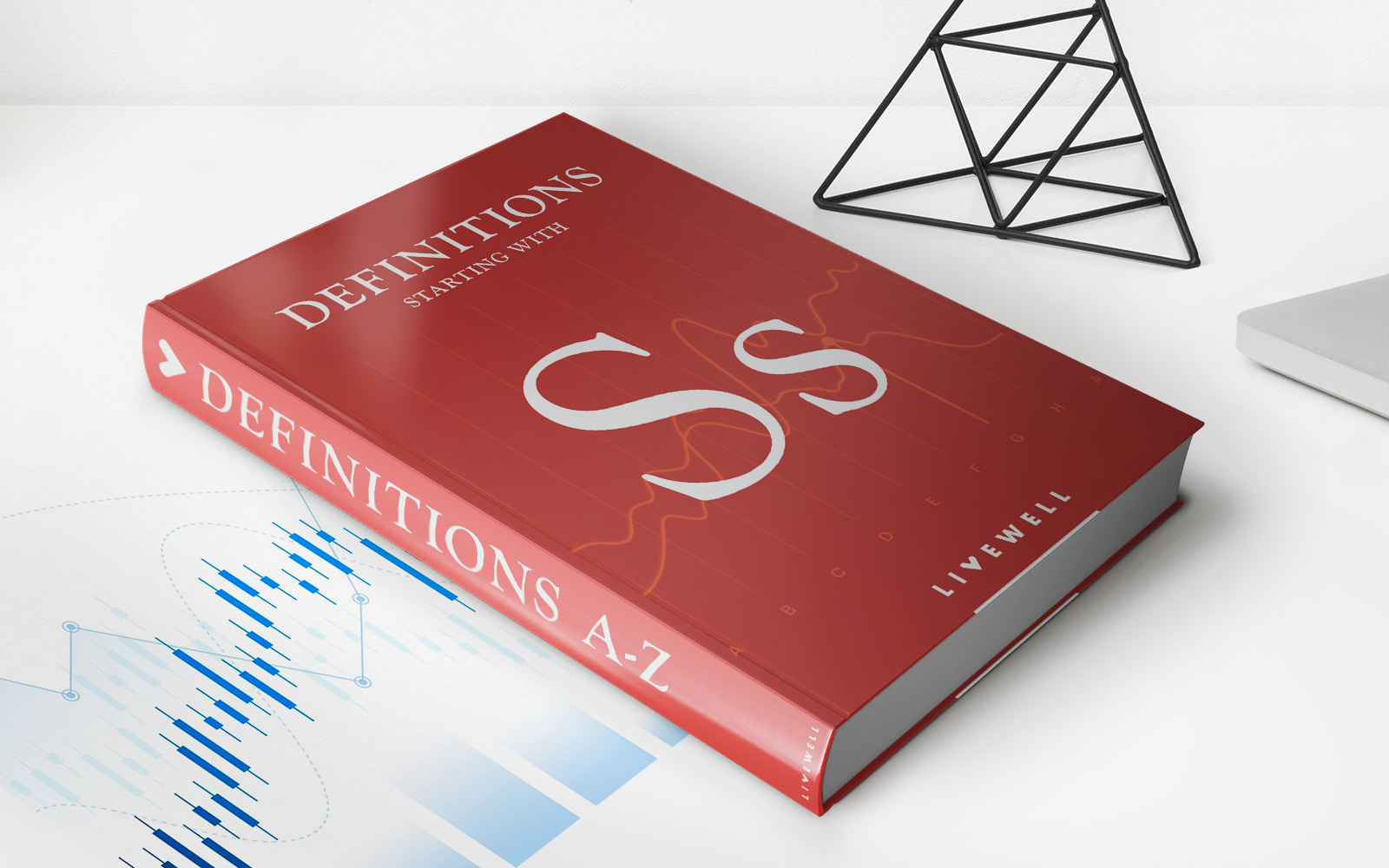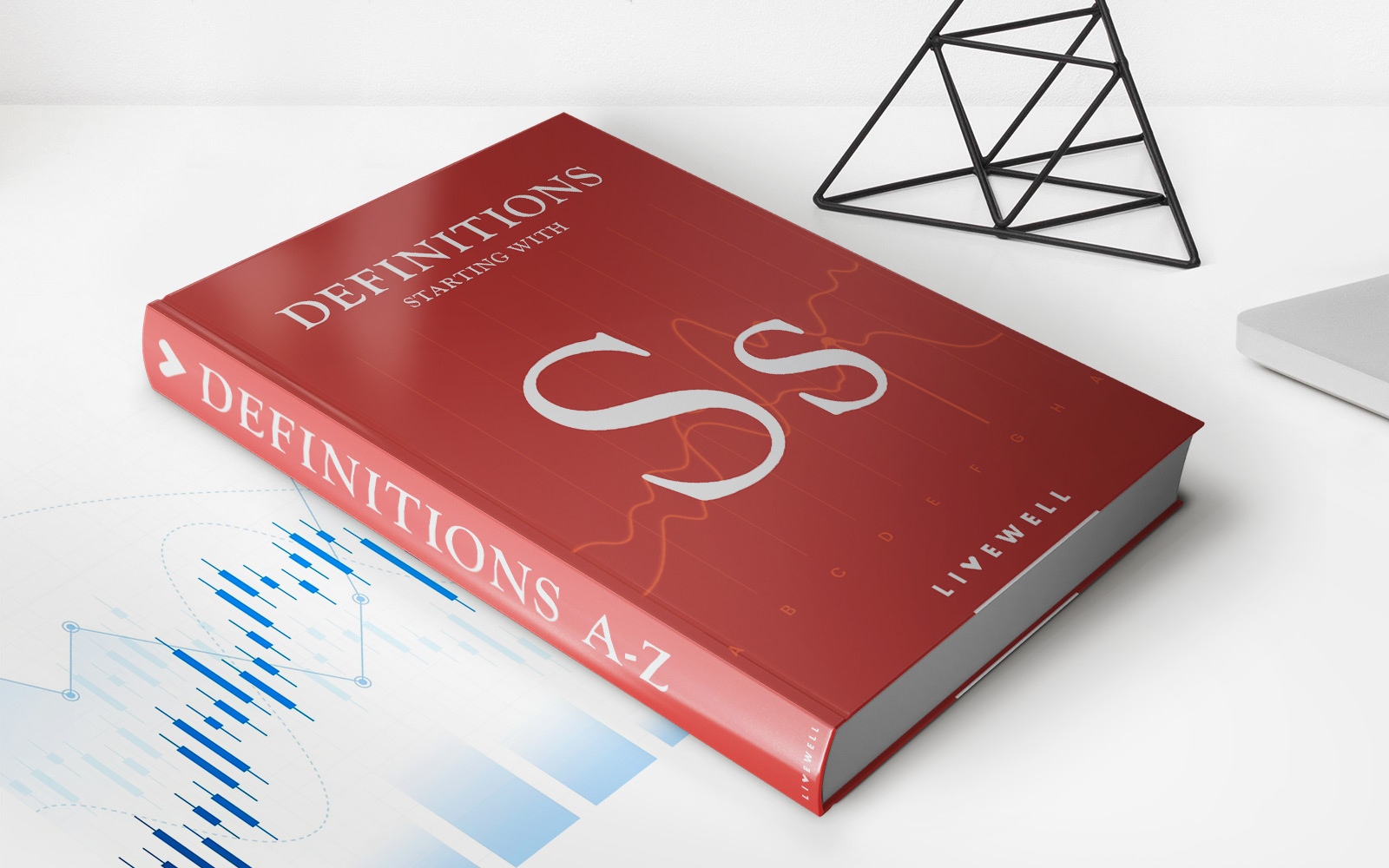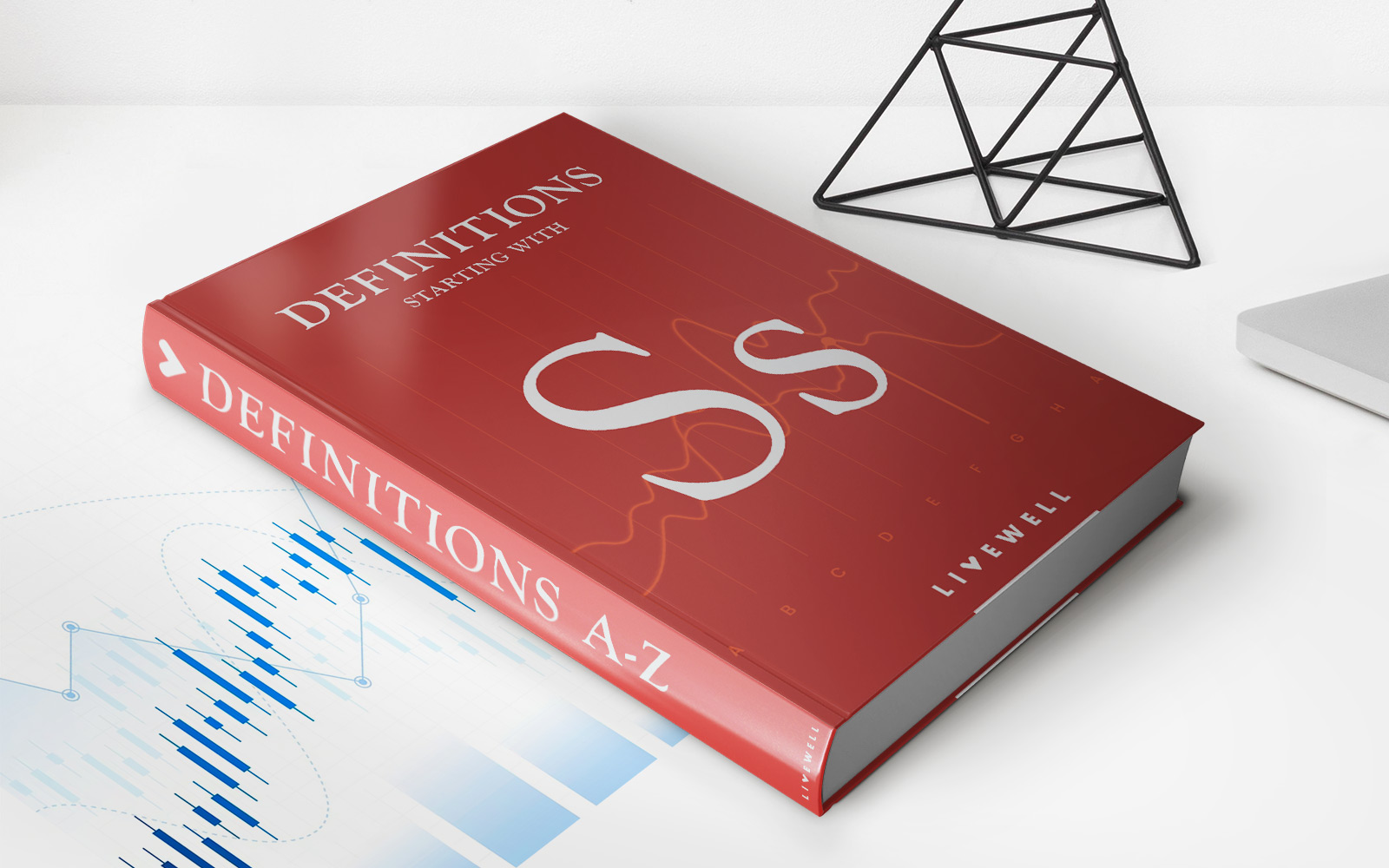Home>Finance>Import Substitution Industrialization (ISI) Defined, With Example


Finance
Import Substitution Industrialization (ISI) Defined, With Example
Published: December 7, 2023
Discover how Import Substitution Industrialization (ISI) functions and explore a practical example. Gain insights into its implications for finance.
(Many of the links in this article redirect to a specific reviewed product. Your purchase of these products through affiliate links helps to generate commission for LiveWell, at no extra cost. Learn more)
Understanding Import Substitution Industrialization (ISI): Defined and With Example
When it comes to finance and economic strategies, one concept that often arises is Import Substitution Industrialization, or ISI. But what exactly is this term, and how does it play a role in shaping a country’s economy? In this blog post, we will dive deep into the world of ISI, exploring its definition and providing a real-life example. So, let’s unravel the mysteries of ISI together!
Key Takeaways:
- Import Substitution Industrialization (ISI) is an economic strategy aimed at reducing a country’s dependency on imported goods by developing domestic industries.
- ISI involves the establishment of local industries that can manufacture products previously imported, leading to increased self-sufficiency and economic growth.
ISI is a concept that emerged as a response to the perceived negative effects of overreliance on importing goods. When a country depends heavily on imports for its domestic consumption, it puts itself at risk of external shocks, such as fluctuations in foreign currency exchange rates, trade barriers, or scarcity of imported goods. Additionally, excessive imports can result in trade deficits, hindering a country’s overall economic development and causing a drain on its foreign exchange reserves.
To counter these challenges, countries often implement ISI as an economic strategy. This approach involves the development of local industries capable of producing goods that were previously imported. By encouraging the growth of domestic industries, the focus shifts from reliance on foreign goods to domestic manufacturing.
While there are various ways a country can pursue ISI, they typically include implementing policies that protect domestic industries from foreign competition, such as tariffs or quotas. These measures are intended to create a competitive advantage for local industries and foster their growth. The ultimate goal of ISI is to achieve self-sufficiency in manufacturing and reduce the need for imports, ultimately strengthening the domestic economy.
For an example of ISI in action, let’s take a look at South Korea. In the 1960s, South Korea was heavily reliant on imports, particularly in the textile and consumer goods industries. However, recognizing the vulnerabilities this dependence created, the government implemented ISI strategies. They provided financial incentives to encourage the growth of domestic textile and consumer goods industries, including subsidies, tax breaks, and favorable loan conditions. As a result of these efforts, South Korea’s domestic industries flourished, leading to a decrease in imports and the emergence of globally competitive companies like Samsung and Hyundai.
In conclusion, Import Substitution Industrialization (ISI) is an economic strategy that aims to reduce a country’s reliance on imported goods through the development of domestic industries. By fostering self-sufficiency and reducing the need for imports, ISI can boost a country’s overall economic growth. The example of South Korea demonstrates the potential success of this strategy when implemented effectively. By nurturing domestic industries, South Korea was able to create a thriving economy with globally competitive companies.
So, the next time you hear the term ISI, you’ll have a clear understanding of what it means and the impact it can have on a country’s financial landscape.














